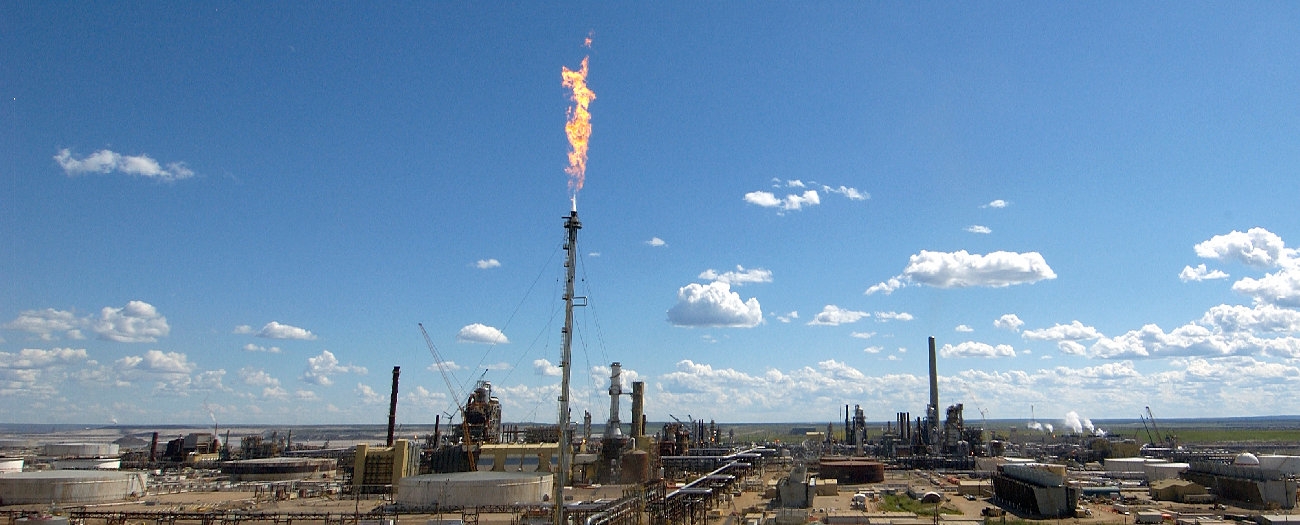New requirements for Alberta’s oil and gas industry will reduce greenhouse gas emissions
Alberta - January 06, 2020Imagine you're in a game of Jeopardy! and you've selected "Climate Change for $500, Alex."
Your answer is: When one carbon atom is combined with four hydrogen atoms, the result is a gas that is 25 times more potent at trapping heat in the atmosphere than a similar mass of carbon dioxide.
You reply, correctly, with: "What is Methane?"
Unless you're a chemist, you're not likely to know that information off the top of your head. You also may not know that in 2015, the Government of Alberta tasked the Alberta Energy Regulator (AER) with developing requirements to reduce methane emissions from upstream oil and gas operations.
The AER answered with new and updated requirements for flaring, incinerating, and venting, some of which came into effect January 1, 2020. These will complement decade-old requirements that have already contributed to a significant reduction in greenhouse gas emissions.
But what is the difference between flaring, incinerating, and venting?
Flaring and incinerating are methods of controlled burning in which waste gas is ignited either at the top of a tall vertical metal tube (flare stack) or near ground level in an enclosed chamber (incinerator). A flame is visible from the top of a flare stake, but no flame is visible from an incinerator.
Venting is a controlled release of gases into the atmosphere. Gas is released to a safe location and at a safe concentration level to avoid the creation of a flammable or explosive blend.
Venting hydrocarbon gas results in methane being released into the atmosphere, whereas flaring and incinerating results in mainly carbon dioxide being released. While carbon dioxide does contribute to greenhouse gas emissions, the impact is less than methane.
So why are companies flaring, incinerating, and venting in the first place?
Natural gas must be separated during the processing phase for a number of energy development activities. As an example, when companies extract oil or bitumen, natural gas comes with it. This is known as solution gas, which is often times referred to as "waste gas" because it is not the primary purpose for extraction. It's the operators' job to determine what to do with this gas.
Operators must either conserve, combust, release, or otherwise dispose of this waste gas. When the gas is conserved, it's collected and used for on-site fuel or directed into pipelines for refinement and sale.
The best outcome is to conserve the gas. Companies need to conserve gas if it is determined to be economic. In 2018, just under 97.4 per cent of solution gas was conserved. Unfortunately, conserving gas is not always an option. Depending on where a company is operating and the characteristics of the gas, there may not be adequate pipelines or other infrastructure needed to conserve. The AER will audit the company's situation to determine if it truly is impractical to conserve.
What will the new requirements do?
The new requirements target the primary sources of methane emissions in Alberta's upstream oil and gas industry – venting and fugitive emissions, or unintentional releases of hydrocarbons to the atmosphere.
These requirements include venting limits, equipment, and inspection processes.
"We are encouraging industry to be innovative in finding new, cost-efficient ways to meet the requirements while ensuring the targeted emissions reductions are met," noted Tammy Loiselle, the AER's director of Air Emissions & Audit.
Compliance with these new requirements will build on the success of the existing requirements to ensure that methane emissions in Alberta are minimized in a cost-effective manner.
To learn more about AER's methane reduction requirements, please visit the AER website.
Connor Doane, Writer


